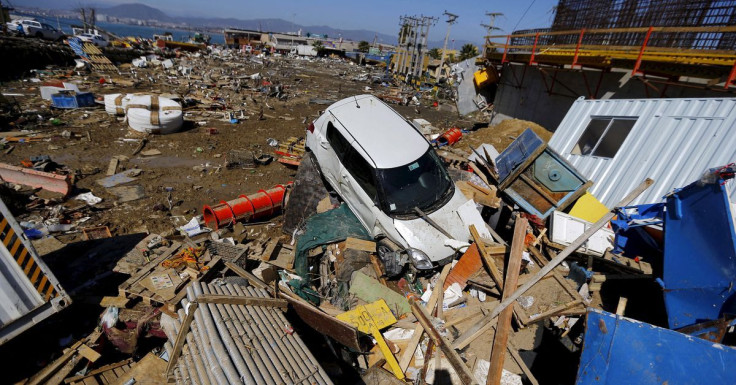
The World Bank and Chile are nearing an agreement for insurance against large earthquakes that could affect the nation's budget and public debt, according to the Finance Ministry on Thursday.
"The insurance would allow Chile to receive pre-established compensation payments, in the event of certain high intensity parameterized seismic events that cause material damage to the country and public finances," the ministry said in a statement.
"The specific conditions of the insurance will be disclosed once this financial operation is completed, which will eventually occur in the coming weeks."
According to the government, studies to design different financial insurance structures with the World Bank, through the International Bank for Reconstruction and Development (IBRD), began in June 2022, Reuters reported.
The International Bank for Reconstruction and Development is an international financial institution supporting the World Bank Group's mission by providing loans, guarantees, risk management products, and advisory services to middle-income and creditworthy low-income countries and coordinating responses to regional and global challenges.
Due to its location on the so-called Pacific Ring of Fire, Chile is susceptible to earthquakes.
The country has experienced some of the biggest earthquakes ever recorded, including the record-setting 9.5 magnitude quake that struck the southern city of Valdivia in 1960.
In 2010, the South American nation was also hit by a terrible 8.8 magnitude earthquake and tsunami that claimed many lives.
The IBRD plans to issue a catastrophic bond, or cat-bond, that replicates the coverage structure of the policy, according to the government.
The Chile earthquake of 1960 was the largest earthquake recorded in the 20th century. Originating off the coast of southern Chile on May 22, 1960, the temblor caused substantial damage and loss of life both in that country and—as a result of the tsunamis that it generated—in distant Pacific coastal areas.
Many Chilean cities sustained significant damage, including Puerto Montt, where noticeable subsidence occurred, and Valdivia, where nearly half of the buildings were rendered uninhabitable.
Though the havoc wreaked by the shaking was not inconsequential, most casualties resulted from the descent 15 minutes later of a tsunami that rose to 80 feet (25 meters) high on the expanse of Chilean coastline—bounded by the cities of Lebu and Puerto Aisen—that paralleled the subducting plate.
The combined effects of the disaster left two million people homeless.
Chile earthquake of 2010, a severe earthquake that occurred on Feb. 27, 2010, off the coast of south-central Chile, causing widespread damage on land and initiating a tsunami that devastated some coastal areas of the country. Together, the earthquake and tsunami were responsible for more than 500 deaths.
© 2025 Latin Times. All rights reserved. Do not reproduce without permission.




